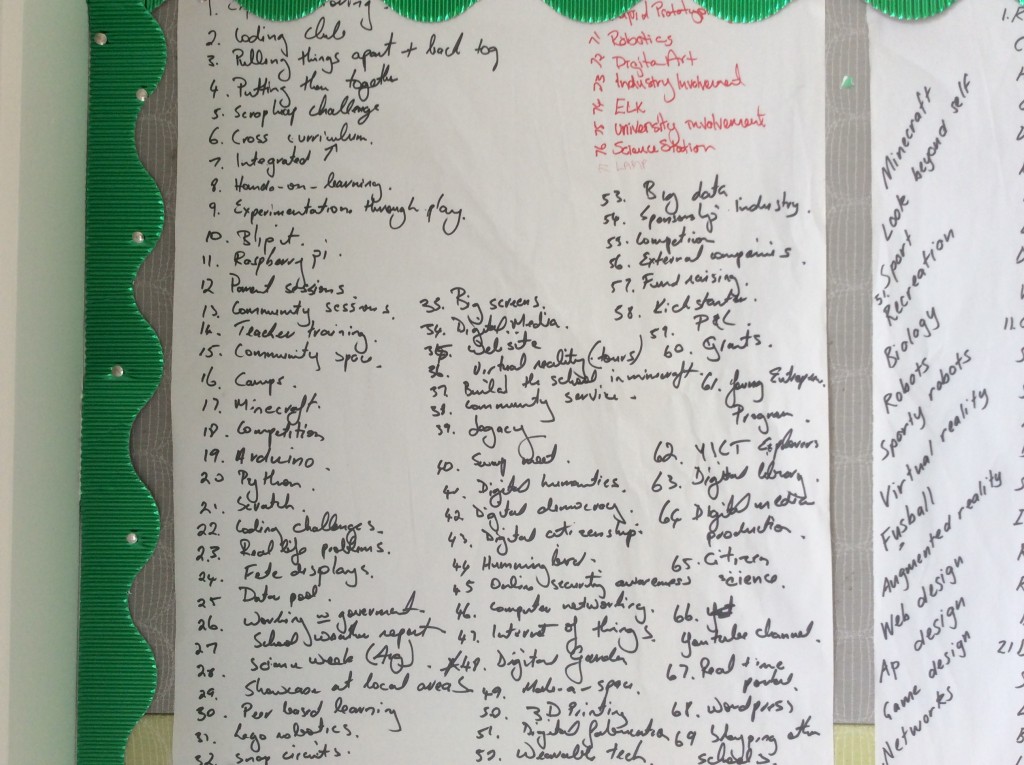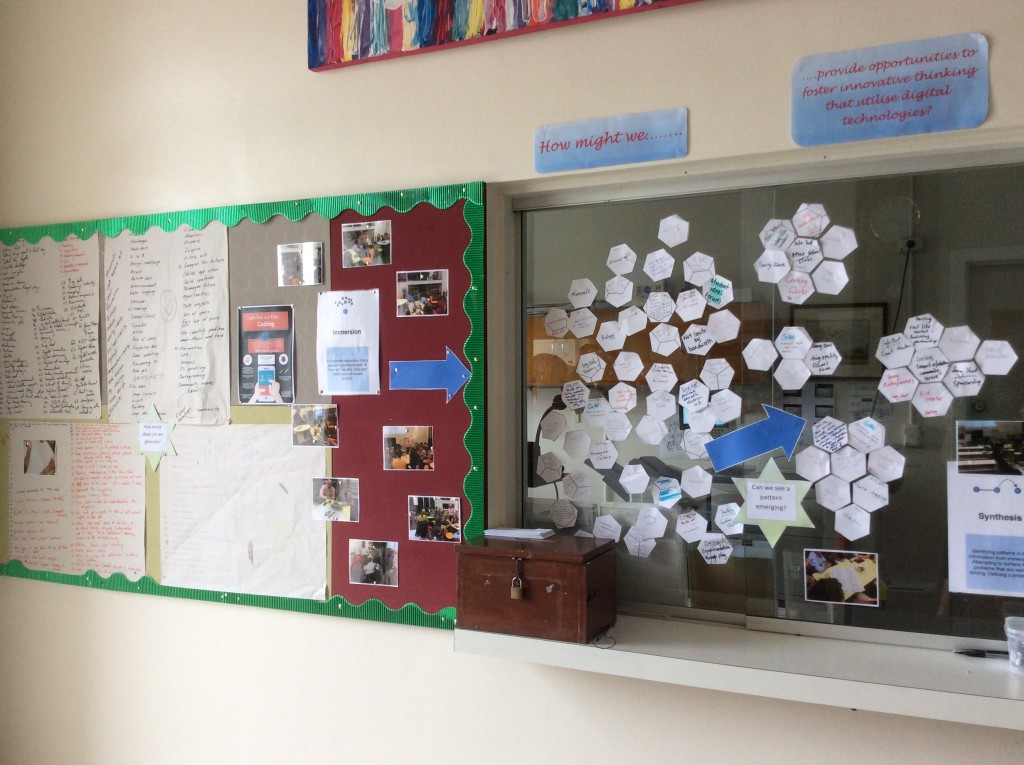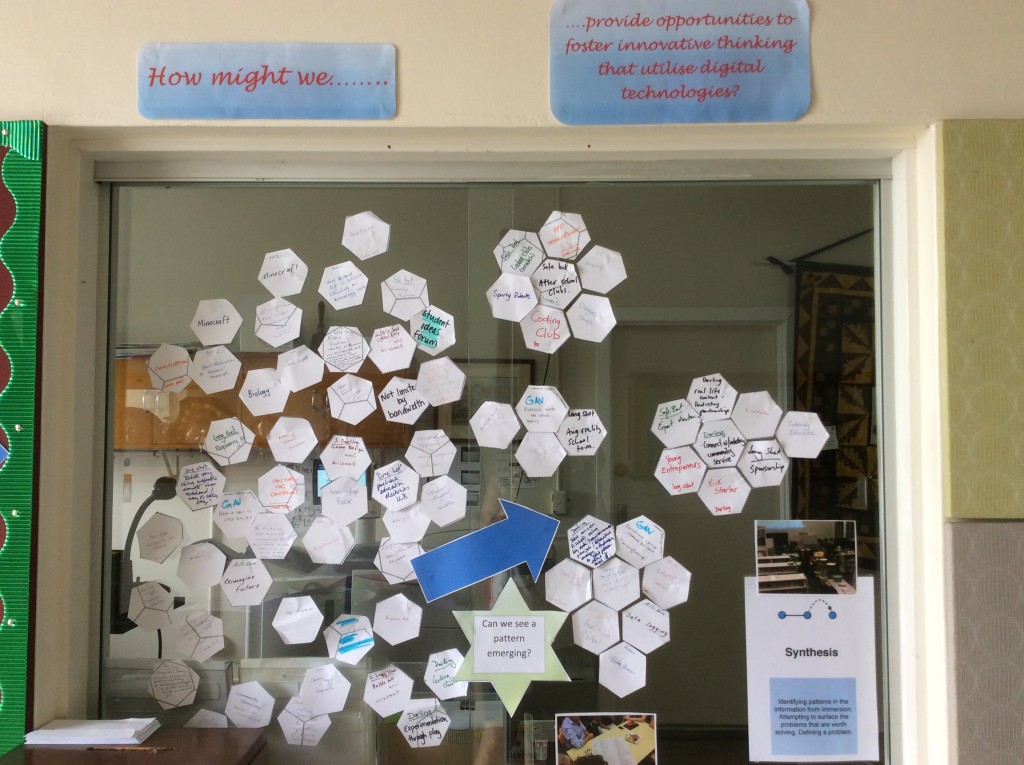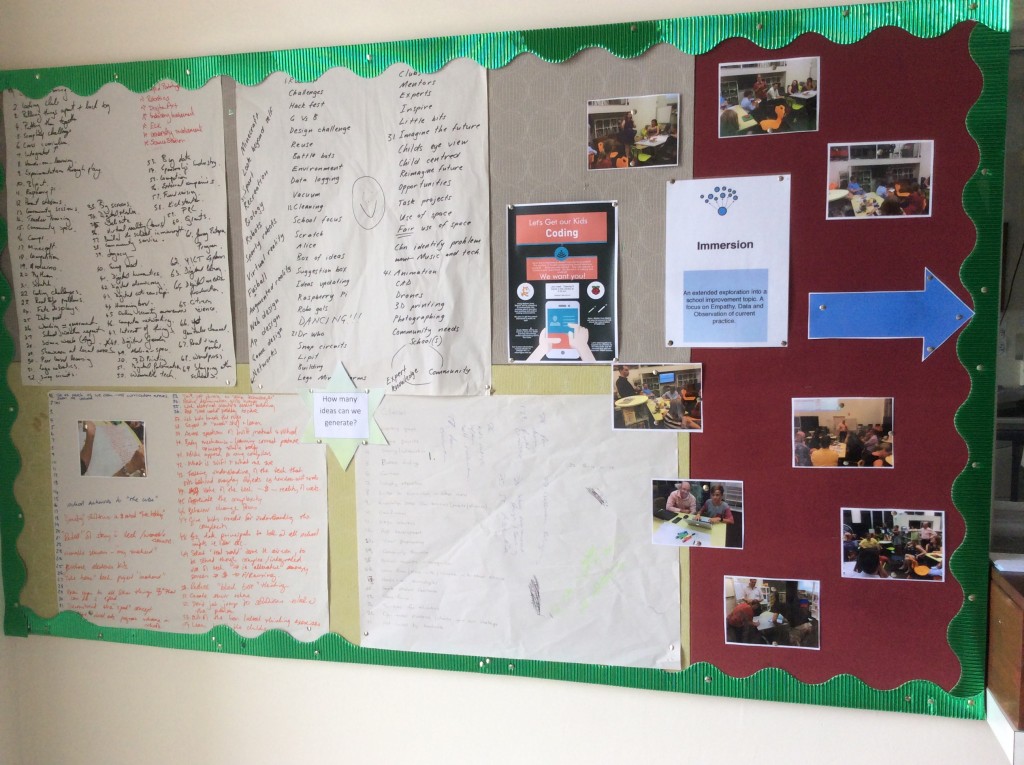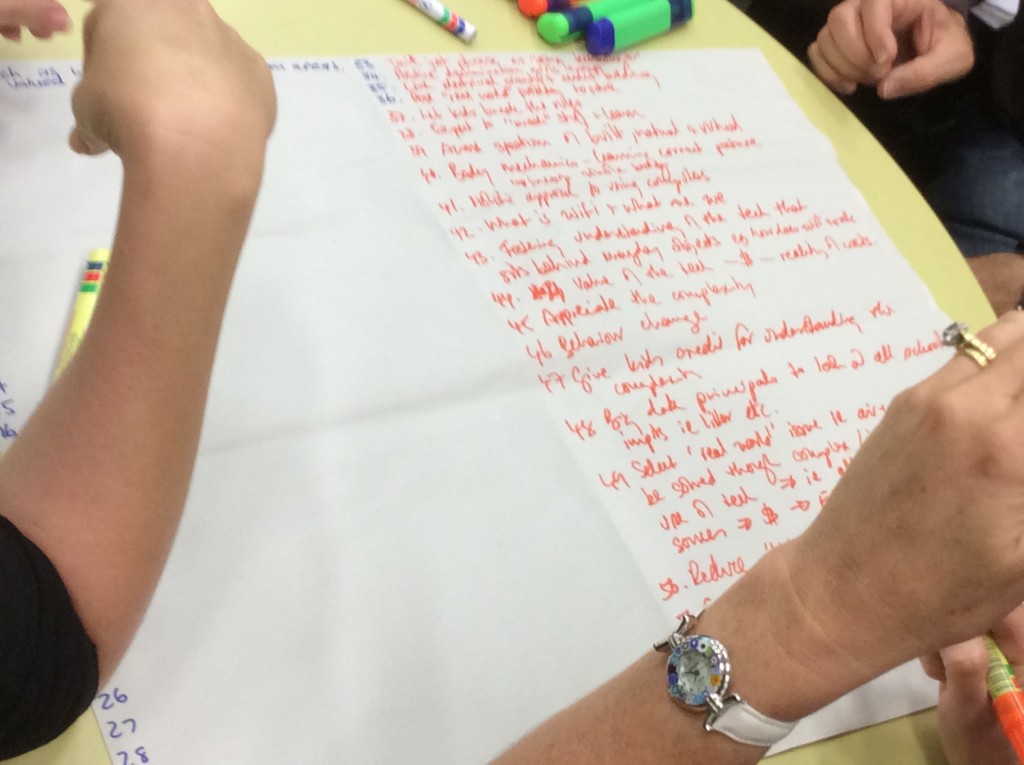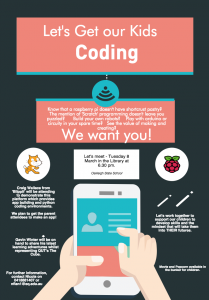
Last night we held our long awaited ‘Think-Tank’. This was something we had planned in order to leverage the collaborative power of a group of people, including parents, who have interest, skills and areas of expertise – in order to support our young innovators.
The tools, mindset and skill-set of design thinking provided us with a framework for the night. As a school and teaching staff, we have been working with NoTosh – and our starting point has been with practitioner inquiry. This is a deliberate strategy to enable us to work with our teachers using the framework of design thinking to achieve a deep immersion in ideas followed by stages of deep thinking, creativity, prototyping and reflection that lead to an improvement in learning outcomes.
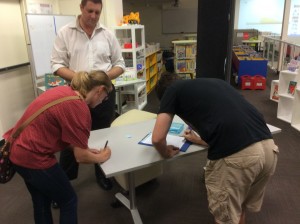
The evening started with a sign-on process which included the request that attendees write their names on a hexagon along with an area of expertise or interest. We also invited people to add their names to the list of people willing to share in the ‘Ideas Spotlight’. We then gathered downstairs on the lower level. It was wonderful to see a considerable group of people with a myriad of skills and interests – all ready to help and support us in our journey.
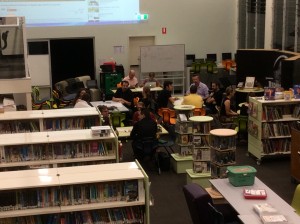
After watching ISTE’s YouTube clip on Computational Thinking, we launched into our beginning session which was an ‘Ideas Spotlight’ with each person being allowed to have the spotlight for 5 minutes. This was planned in order to ensure that each person was able to share and to feel sufficiently valued that they got the same amount of time as everyone else.
It was wonderful to hear the myriad of ideas shared by people. This list includes Mrs Sansness, Craig Wallace from Blippit, Gavin Winters from the Cube and Anna Gerber. We heard ideas about ‘Big Data’, robotics, Girls in STEM and real world projects. Richard Ellem also shared his perspective on working as a lawyer in the area of patents and copyright law and advising young people who are using creative ideas and technology to effectively change the way we operate. Lewie – one of our very own students also shared his learning in putting together a gaming console using Raspberry Pi. Additionally, we also had a potential volunteer from ‘CodeTheFuture’ to talk to us about a possible collaboration.
.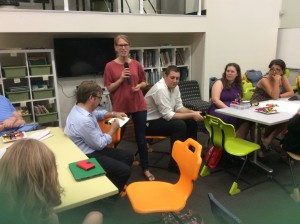
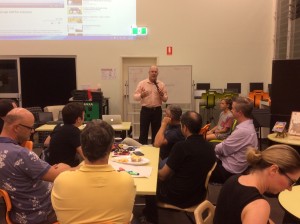
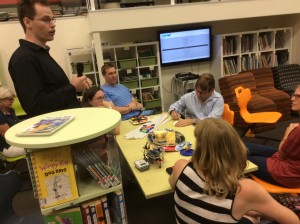
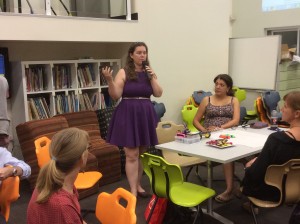
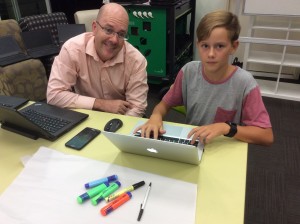
After we had heard all these ideas, we talked about the next activity which was one designed to generate as many ideas as possible in short time-frame. We reviewed our purpose – to gather together tonight to come up with ideas that answer the question:
How might we ….provide opportunities to foster innovative thinking that utilise digital technologies?
This was to be a 10 minute activity at a frenetic pace – using a divergent, non-judgemental mindset during which every idea was to be written down in a numbered list.
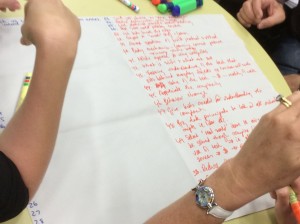
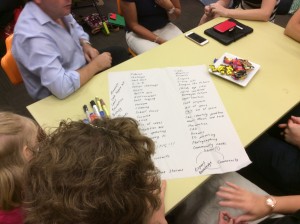

At the conclusion of this, we talked about the fact that we probably had about 200 ideas! We moved in to a filtering stage – with each person taking some hexagons and identifying their ‘sure bet’, their ‘long shot’ and their ‘darling idea’. We explained that now we would be displaying these hexagons in a public space and allowing the participants tonight and other members of our community – to attempt to find some patterns as a result of the manipulation of these hexagons.
We heard from Craig at Blippit who, along with Lewie, demonstrated the ease with which app could be made to allow students to demonstrate their knowledge while at the same time utilising a digital technology that produces usable and purposeful products.
The hexagons have now been displayed. We are inviting our community to add hexagons and to manipulate them in order to help us find emerging patterns and ideas.
